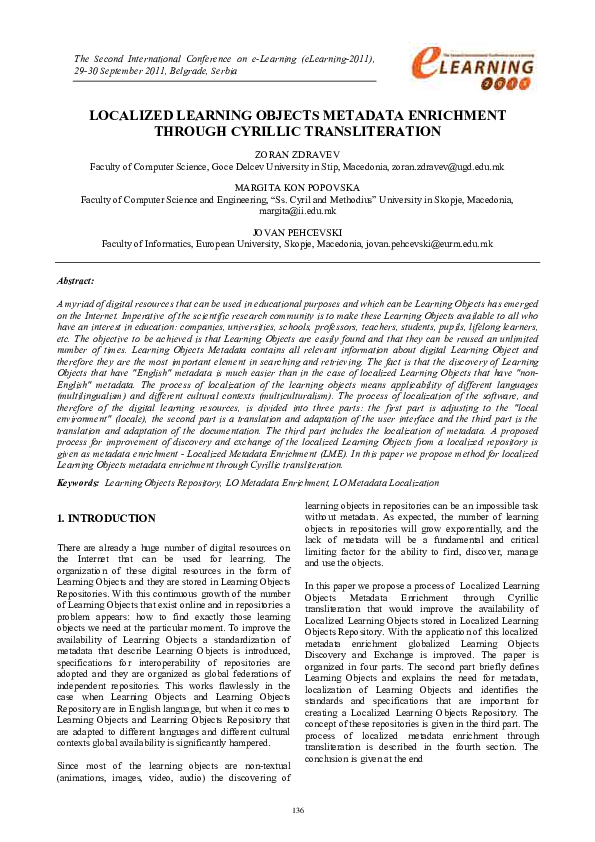
You can insert a backslash (\) if a replacement rule should not be applied, for example:
CYRILLIC TRANSLITERATION FULL
The full transliteration then looks as follows: skhyl`nist To prevent this, one can use the bi-gram kh instead to represent х. The transliteration of сх corresponds to two separate letters s and h, which would map to ш. h is mapped to х since it is a common letter, kh is only needed in case h is ambiguous.z and x are located next to each other з and ж characters are phonetically close.q and w are located next to each other ш and щ characters are phonetically close.

Another advantage is the proximity on the English keyboard layout:.Furthermore, the following mappings were chosen considering the similarity in shapes:.Without this rule, the user would not get any visual feedback. When the user types ch, we can map the first letter to ц, then replace it by ч.Every letter of the Latin alphabet is covered.However, using them still has a few advantages: Note that these mappings are phonetically inaccurate. Convenience mappingsĪnother modification was to provide the following mappings: Therefore, we represent ґ by the bi-gram g'. In National 2010, g gets mapped to ґ which is phonetically accurate, though the letter ґ is fairly uncommon in Ukrainian. The second change to National 2010 is that we retain soft signs (ь) and apostrophes ('): The accented counterpart of и is й and is represented by a separate letter, j.Įxample: Zgurs`kyj (Згурський) Soft Signs and Apostrophes Unlike National 2010, we always use the same transliteration regardless of the position in the word. The Latin letter y forms the phonetic basis of four letters (iotated vowels) in the Ukrainian alphabet: я, є, ї, ю. The letter и always gets transcribed as y: We decompose letters in their Latin transliteration more consistently than National 2010. Differences from National 2010 и, й, я, є, ї, ю The rules are a compromise between compactness and simplicity. Our transliteration was initially based on National 2010, but modified in the process to make the conversion reversible. These restrictions make the conversion irreversible for many words. For example, я is transliterated as ya (prefix) or ia (infix). For better appearance, some letters can have multiple spellings depending on the position in the word. A limitation is that it requires to drop soft signs and apostrophes. National 2010 is the most recent standard which is mainly used for transliterating names and cities. Please refer to Romanisation of Ukrainian for more details. in German and French, that use the spelling conventions of the respective language ( sch in German instead of sh in English). Ukrayins`kyj pravopys ( translit-scala)įurthermore, there are language-specific transliterations, e.g.For example, Український правопис could be transliterated as one of the following: There have been several attempts to standardise transliteration rules. Russian.latinToCyrillic( "pal`ma ") // пальма Ukrainian



 0 kommentar(er)
0 kommentar(er)
